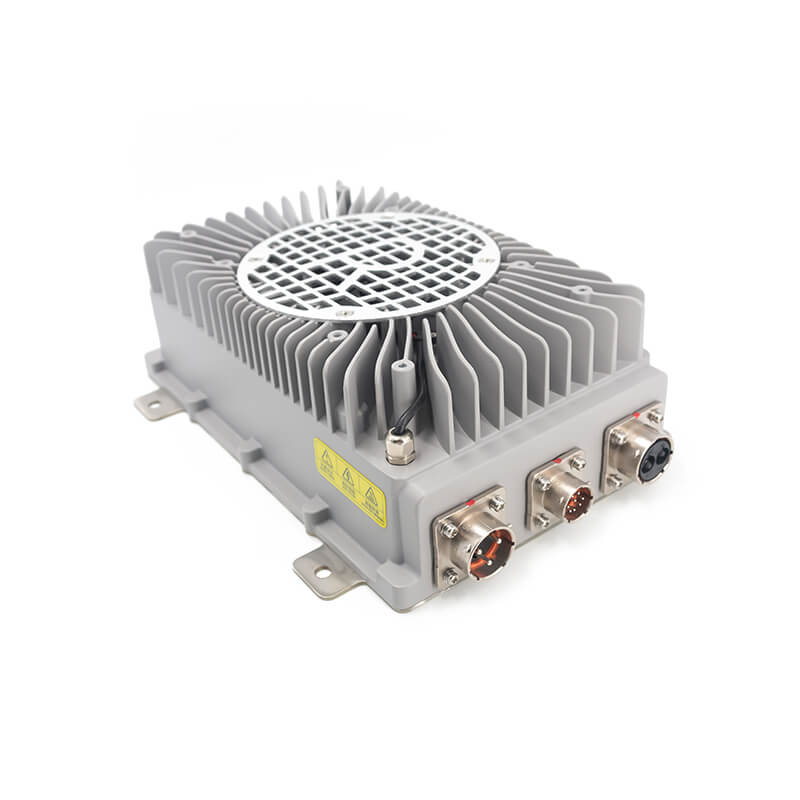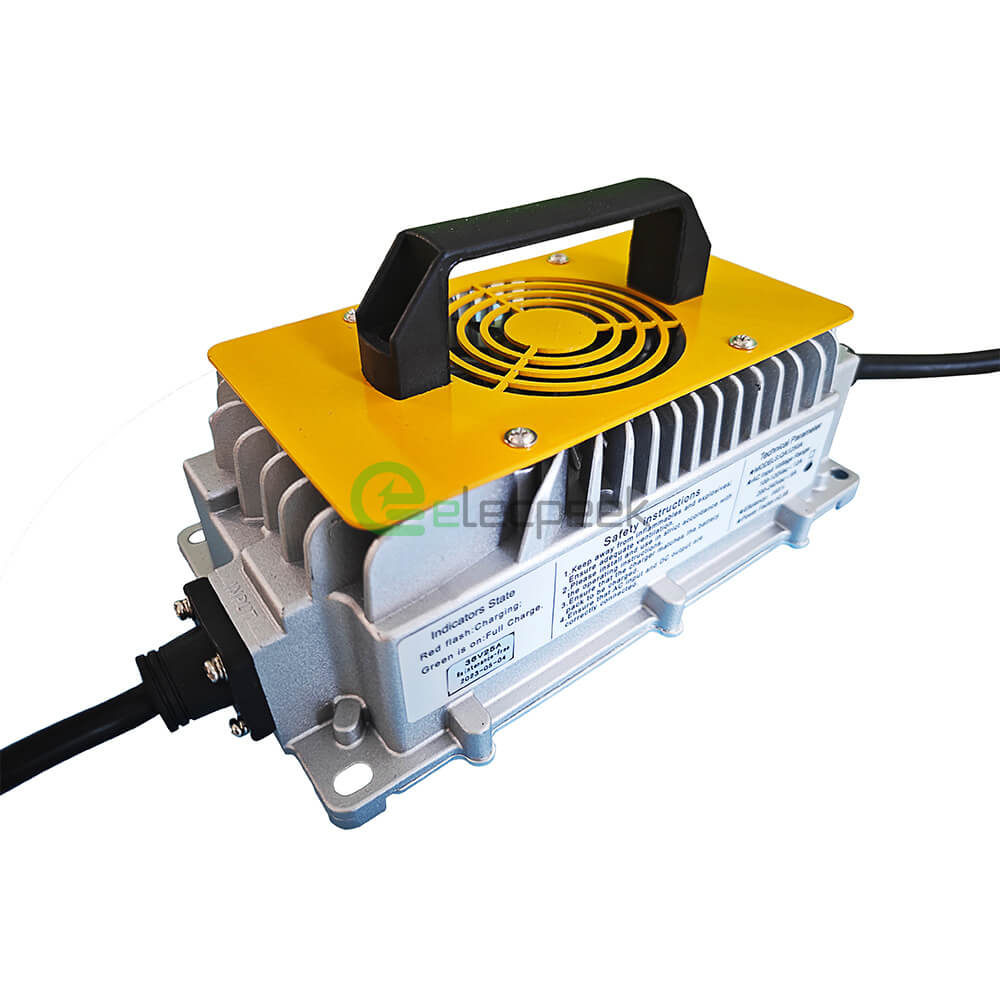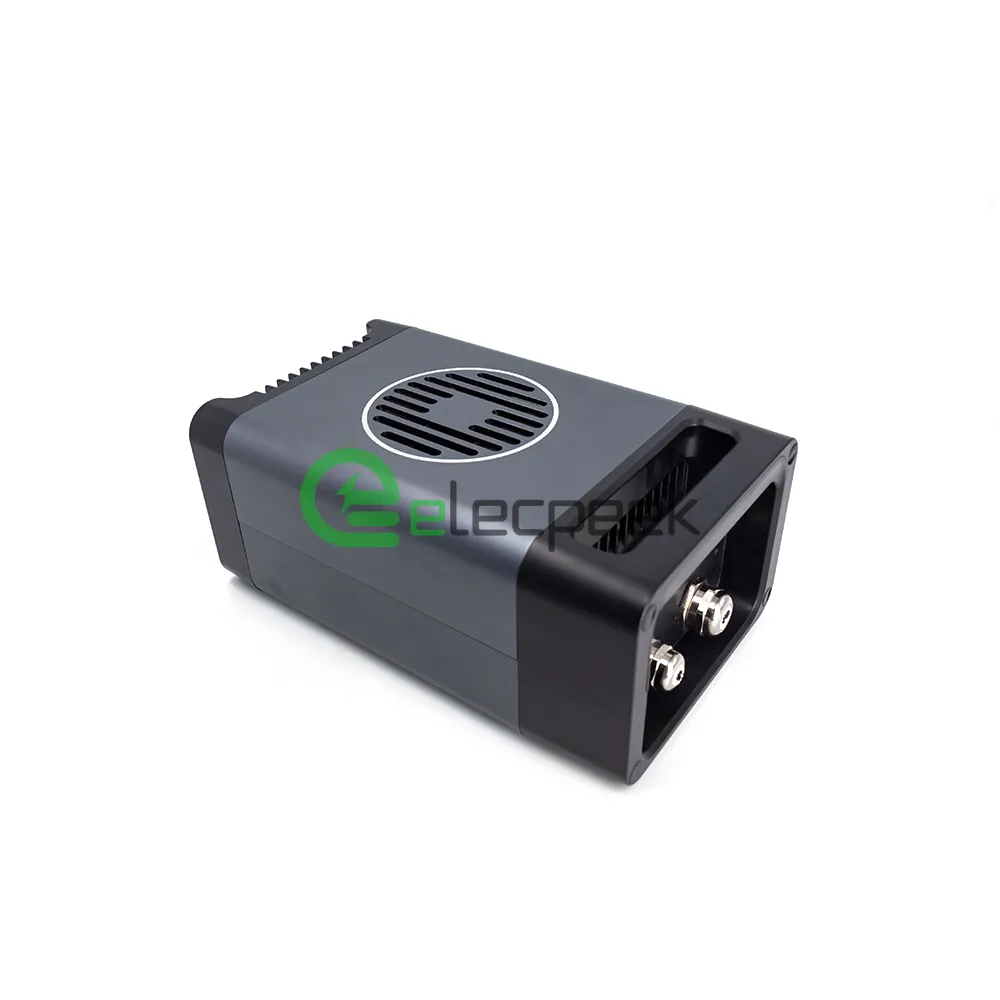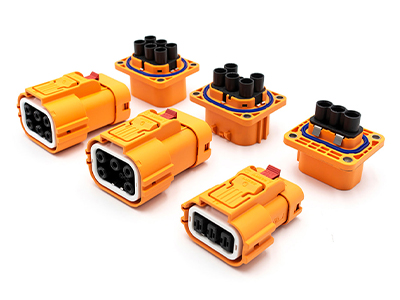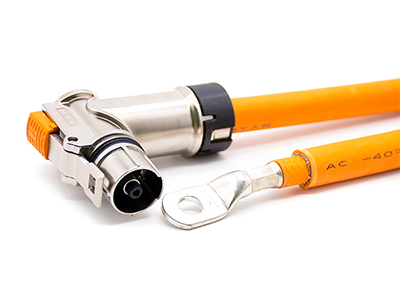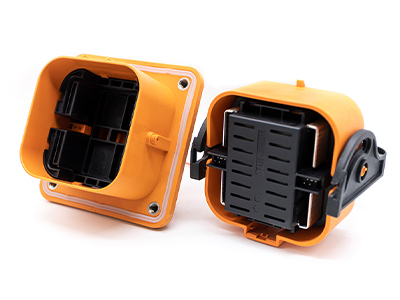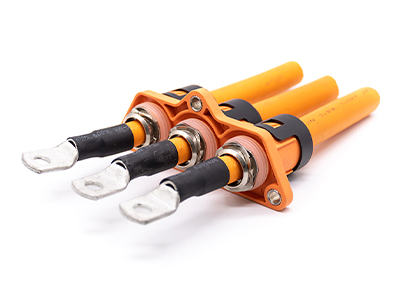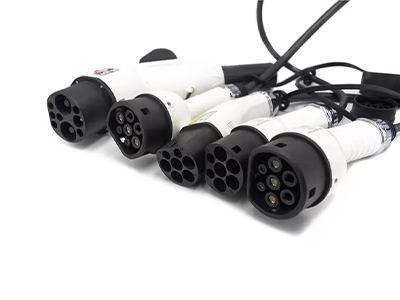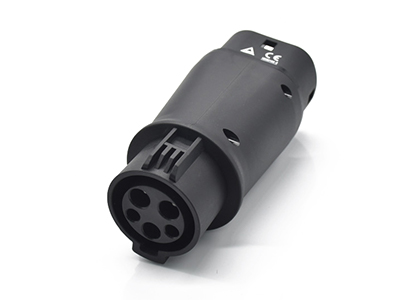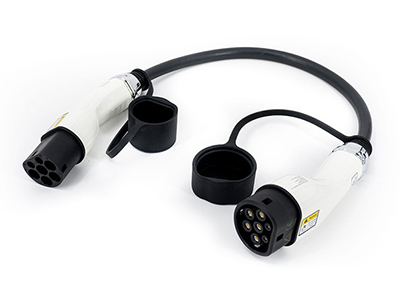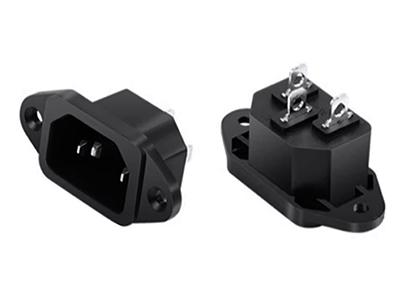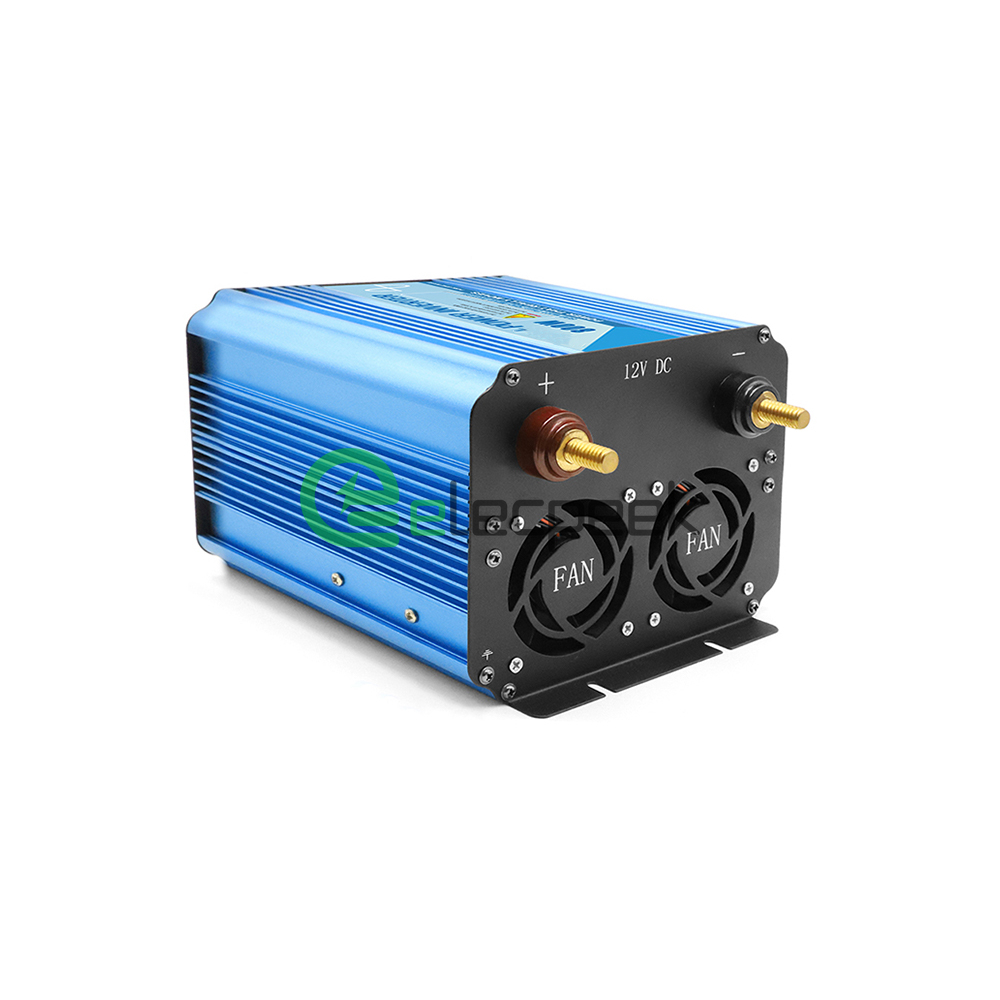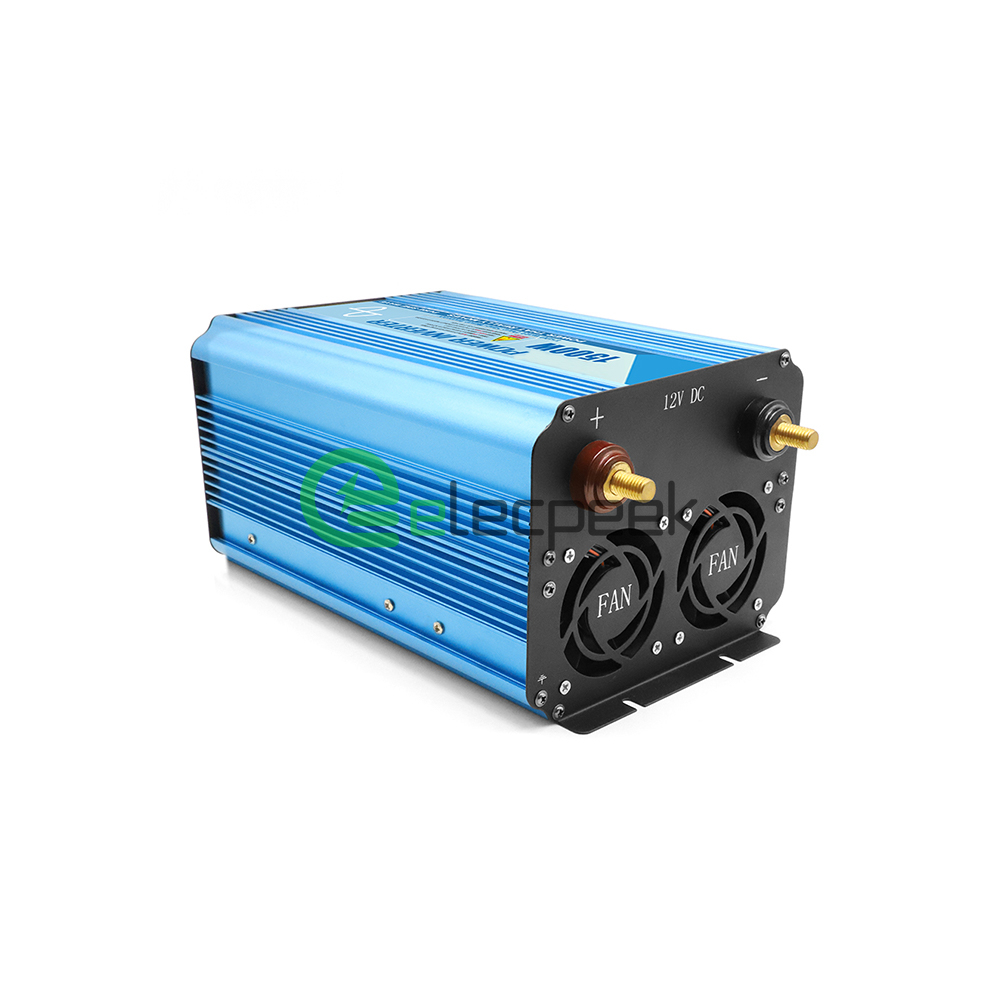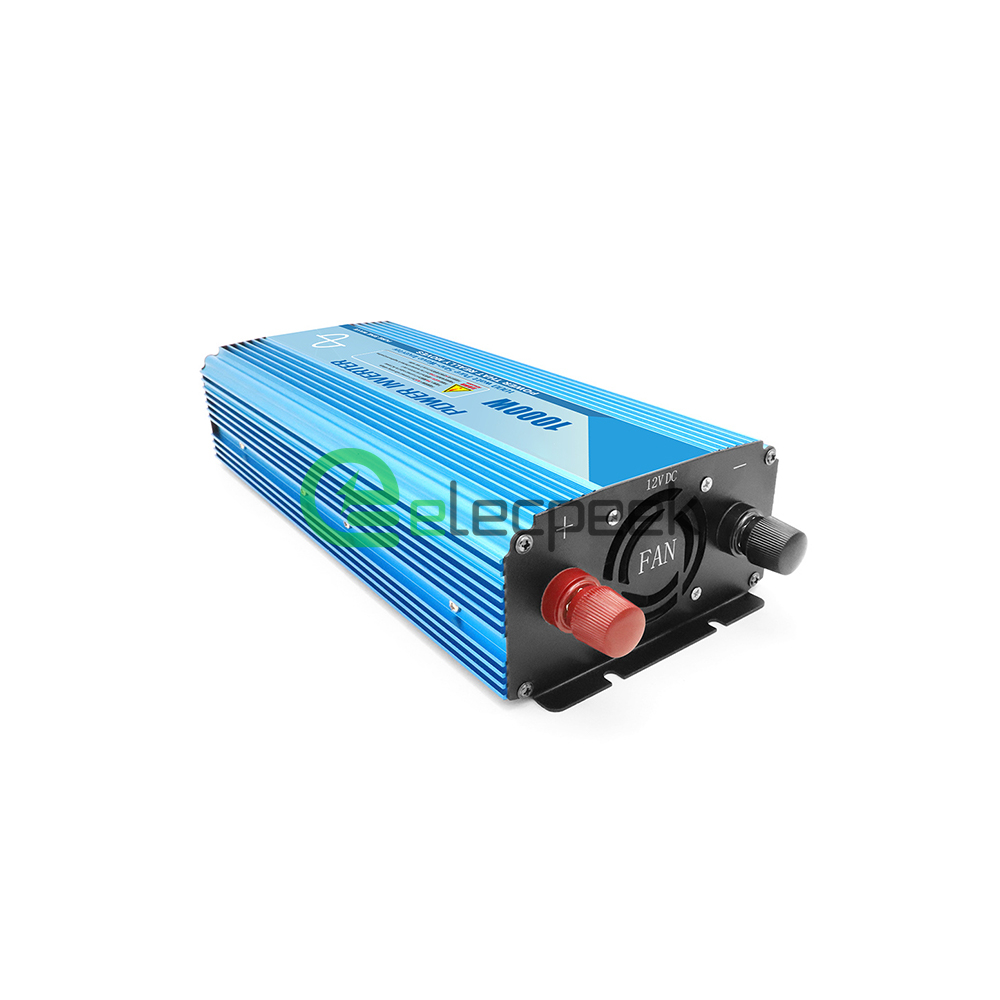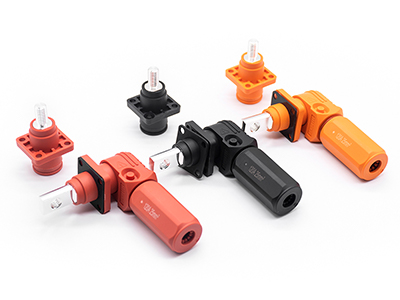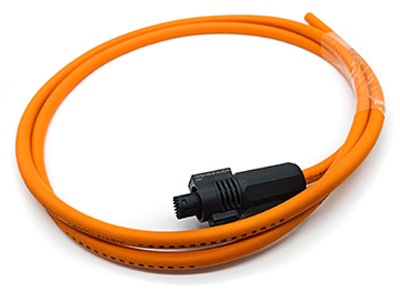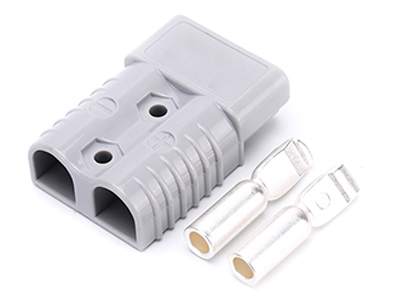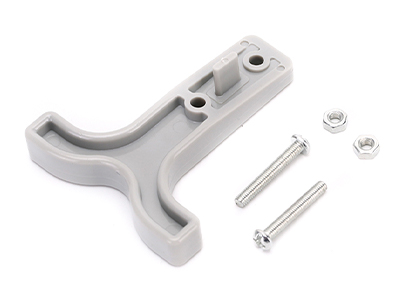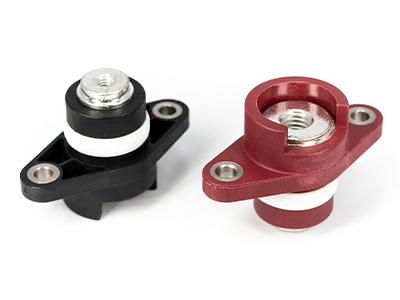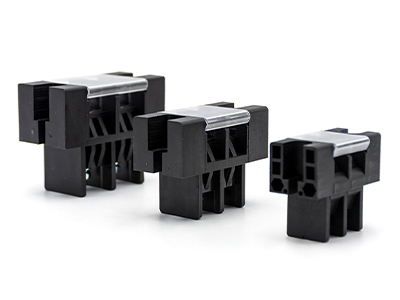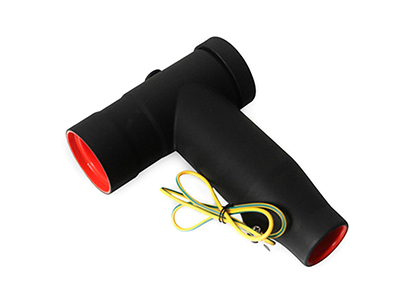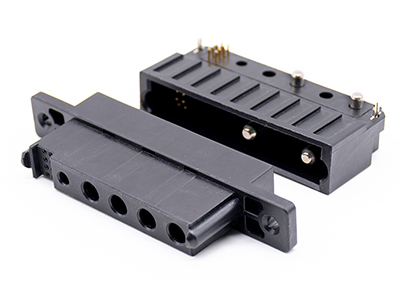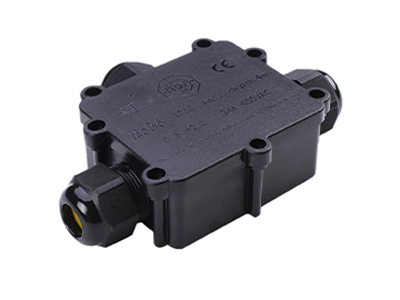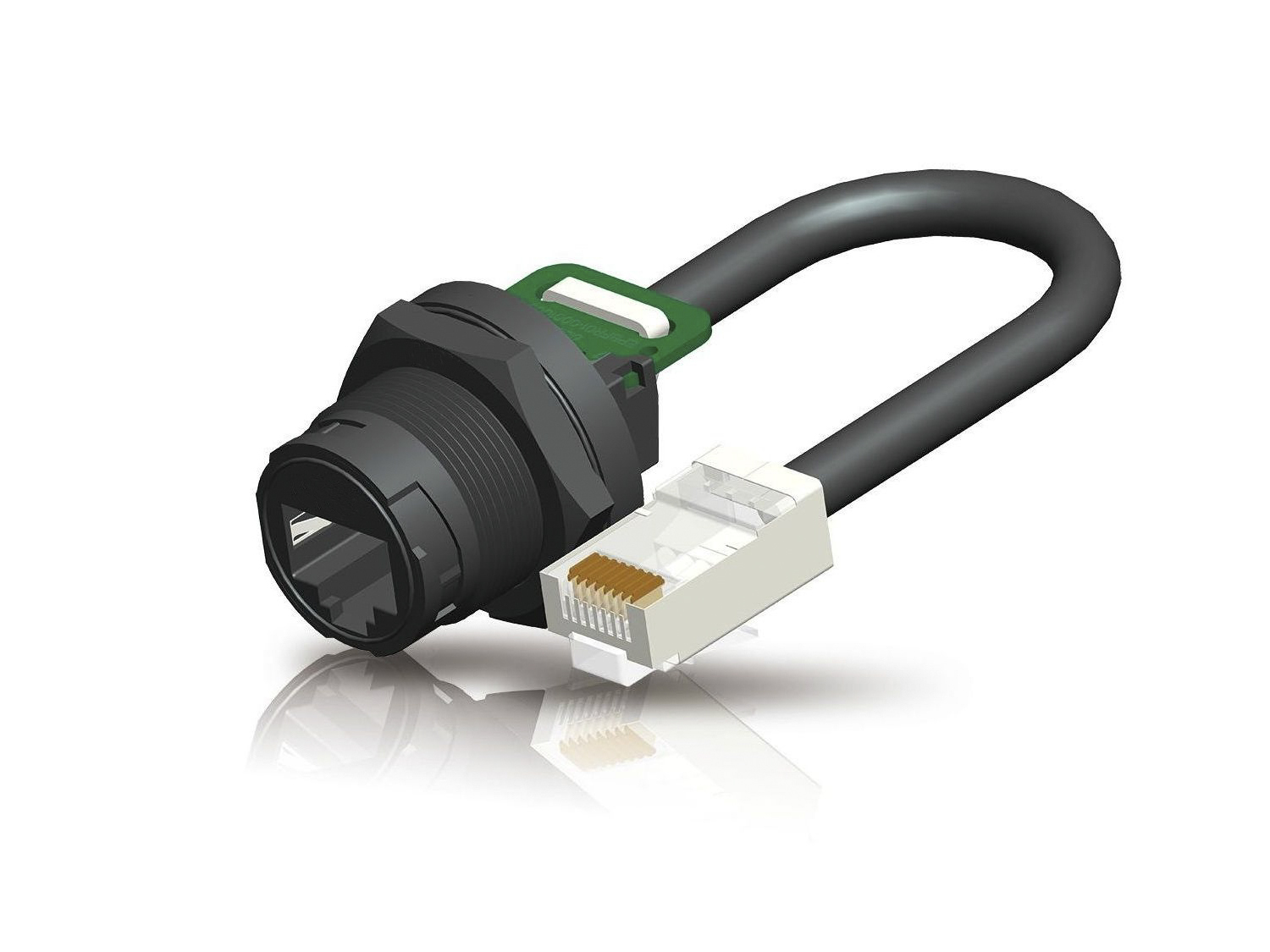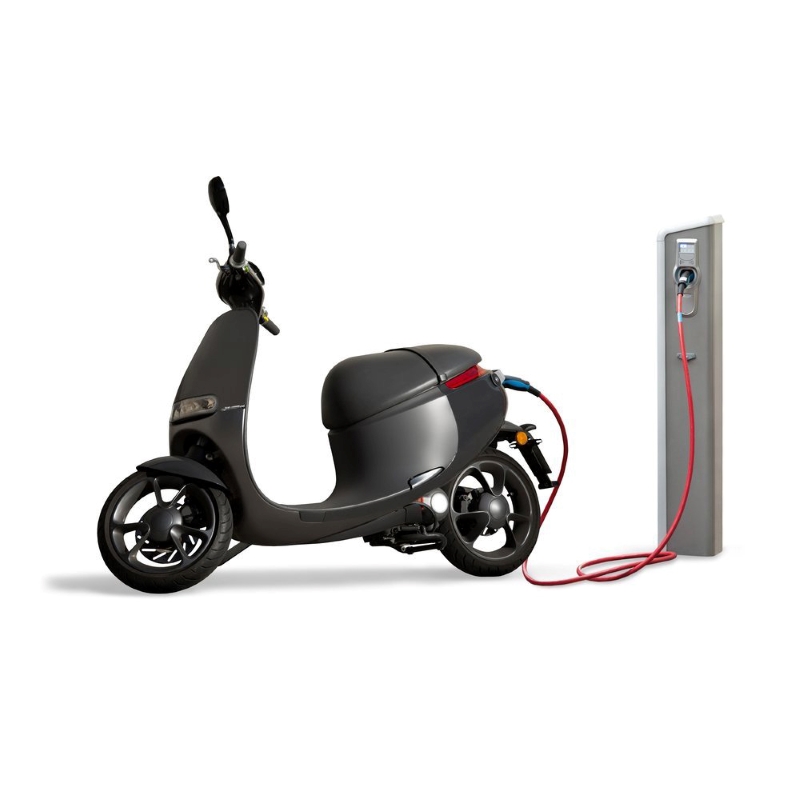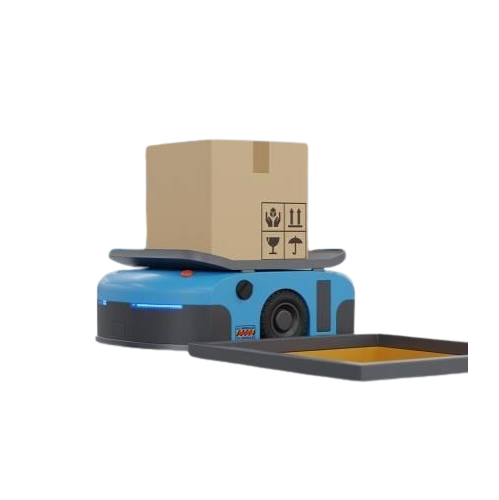News
The Simplicity of EV Charging Adapters: A Step-by-Step Installation Guide
As electric vehicle (EV) ownership grows, more homeowners are installing EV charging stations on their properties. For many, the question becomes whether to hire an electrician to install a charging station or do it themselves using an EV charging adapter. The good news is that installing an EV charging adapter is typically an easy, do-it-yourself project that can save money. However, there are a few factors to consider based on your technical skills and the specifics of your EV and home electrical system.
Understanding EV Charging Adapters
Before diving into the installation process, it’s crucial to understand the purpose of an EV charging adapter. These adapters allow you to charge your electric vehicle using different types of charging stations or power sources. They come in various shapes and sizes, depending on the charging standard and plug type required for your EV.
There are three main types of EV charging adapters:
- Level 1 Adapters: These adapters enable you to charge your EV using a standard 110-120V household outlet. It’s the slowest and most straightforward charging option, taking around 8-20 hours to charge a fully depleted battery, depending on the vehicle.
- Level 2 Adapters: These adapters require a 240V outlet and can charge your EV much faster than Level 1 adapters, typically taking 4-8 hours. Level 2 charging is more efficient and suitable for daily use.
- DC Fast Charging Adapters: Also known as Level 3 chargers, these adapters are designed for high-speed charging at public charging stations. They can charge an EV’s battery up to 80% in just 20-30 minutes.
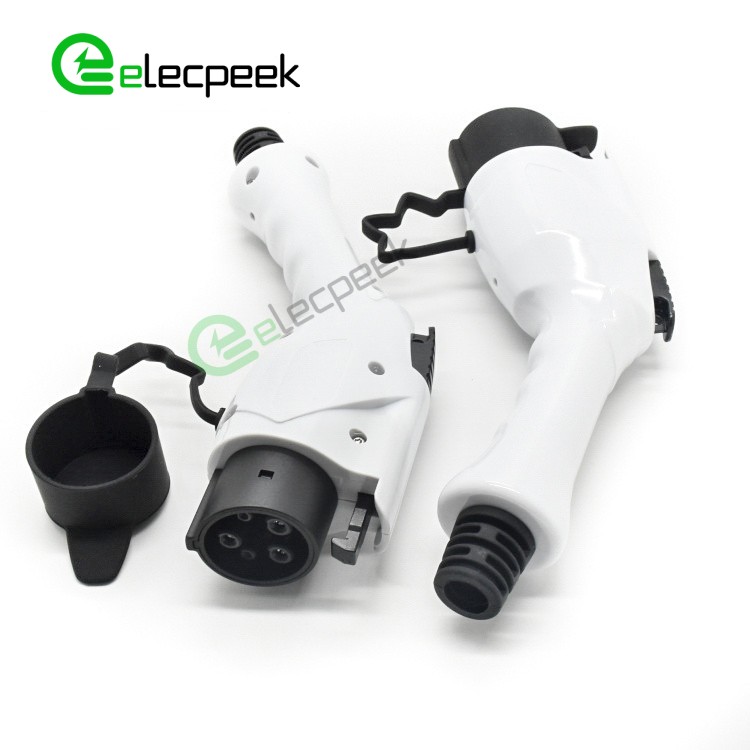
Choosing the Right EV Charging Adapter
Before installing an EV charging adapter, you need to determine which one best suits your needs. Some factors to consider include:
- Charging Speed: Assess how quickly you want to charge your EV and choose an adapter accordingly.
- Accessibility: Consider the availability of charging stations near your location or the feasibility of installing a charging station at your residence.
- Budget: Be mindful of your budget, as the cost of charging adapters and installation may vary significantly.
Are Electric Vehicle Charging Adapters Easy to Install?
Determine Your Needs
The first step is to determine what type of EV charging your vehicle can utilize and what your home’s electrical system can support. Most affordable EVs use Level 1 or Level 2 charging, while some newer models are compatible with faster Level 3 DC fast charging. The power level essentially determines how long it will take to charge your EV’s battery. Level 2 is the most popular for home charging and provides 10 to 20 miles of range per hour of charging.
For Level 2 charging at home, you’ll want to ensure your home’s electrical panel has enough spare capacity to supply a continuous stream of power for 3 to 6 hours or more. If your home has 200-amp or higher service, installing a Level 2 EV charging adapter should work fine. If your service is lower, it’s best to have an electrician evaluate if an upgrade is needed.
Choose the Right EV Charging Adapter
With your needs and capacity determined, you can choose an EV charging adapter that will work with your vehicle’s charging port type and your home’s outlet options. The most common types of EV charging adapters are:
- J1772 – The standard North American EV plug type that plugs into a 240-volt outlet. Nearly all EVs except Teslas use a J1772 charge port.
- NEMA 14-50 – Plugs into a 240-volt 50-amp outlet, often used for electric stoves or dryers. Can provide faster charging than a standard outlet.
- Tesla Wall Connector – For Tesla EVs to utilize faster charging on a 240-volt high-power outlet.
- Other adapters – There are also 120-volt portable chargers and combo units that can plug into different outlet types. But charge times will be slower than 240-volt options.
The specific adapter you need will depend on the make and model of your EV. Check your owner’s manual or the manufacturer’s website to determine which option is compatible with your EV’s on-board charger.
Easy Installation, No Rewiring
EV charging adapters are designed to simply plug into your existing home outlet or charging station – so installation truly is plug-and-play. No rewiring or panel upgrades are required to plug in an adapter. However, for the fastest charging, it’s best if you do have a 240-volt outlet, especially a NEMA 14-50 outlet. If there’s not an outlet already in place near where you park, it’s a good idea to have an electrician install one.
Some additional tips for a safe and easy installation:
- Ensure the outlet and adapter or charging station are properly grounded.
- Place the adapter out of direct sunlight and sheltered from rain or snow.
- Do not overload outlets or circuits. Do not plug another high-powered device into the same outlet as the charging adapter.
- Consider a formal charging station if faster charging, cable management or other features are desired. Charging stations also provide built-in safety mechanisms, like ground fault protection. A licensed electrician should install most charging stations.
- Review and follow all instructions and safety precautions provided with your EV charging equipment before plugging in.
- If ever in doubt about your home’s electrical capacity or how to properly install EV charging equipment, consult an electrician. Safety should always come before convenience.
Installing an EV Charging Adapter: Step-by-Step Guide
Installing an EV charging adapter can be a relatively simple process, but professional help is recommended for a safe and efficient setup. Here’s a step-by-step guide to installing a Level 2 charging adapter, which is the most common home charging option.
1. Assess Your Electrical System
Before installing a charging adapter, you need to ensure that your home’s electrical system can support the additional load. Consult with a licensed electrician to evaluate your system and determine if any upgrades are required.
2. Choose a Suitable Location
Select a convenient and accessible location for your charging adapter, preferably near your parked vehicle. Ensure that the area has enough space for the charging cable to reach your EV without any obstructions.
3. Install a Dedicated Circuit
A dedicated circuit is necessary to provide power to your Level 2 charging adapter. Your electrician will install a new breaker in your electrical panel and run a dedicated line to the location you’ve chosen for the charging station.
4. Mount the Charging Adapter
Once the dedicated circuit is in place, mount the charging adapter to the wall, following the manufacturer’s instructions. Ensure that it’s securely fastened and at a suitable height for easy access.
5. Connect the Charging Adapter to the Circuit
Your electrician will then connect the charging adapter to the dedicated circuit, ensuring that all electrical connections are secure and up to code.
6. Test the Charging Adapter
Finally, test the charging adapter to ensure it’s functioning correctly. Plug your EV into the charging station, and monitor the charging process to confirm that everything is working as expected.
Conclusion
Installing an EV charging adapter can be a straightforward process, provided you choose the right adapter for your needs and seek professional help for a safe and efficient setup. By following the steps outlined in this guide, you can easily install an EV charging adapter at your home or workplace, ensuring a seamless charging experience for your electric vehicle.

